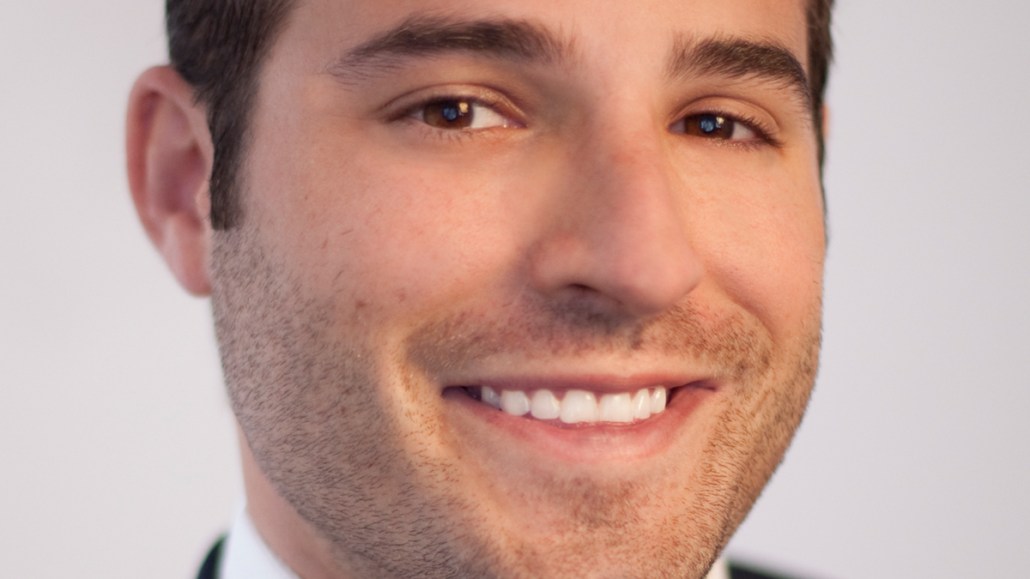
In-stream video is a massive — but still not fully developed — source of income for online publishers. But the majority of online video ad spend is concentrated in a small number of “safe” websites such as ABC, NBC, CBS and Hulu. Limited reach and lack of tracking capabilities are the top reasons why advertisers aren’t moving beyond these so-called safe sites.
Brands and advertisers want the same accountability and transparency in online video buys that they enjoy in display advertising. The problem is that online video buys are anything but standardized. Adjacent site content, physical placement and viewer targeting are just some of the variables that make in-stream video the untamed “Wild West” of online advertising.
On every website with video playback capability, programming surrounds the video frame that may or may not complement the advertiser’s content. It may be irrelevant, unsuitable or even objectionable. Then there is the issue of location. Is the frame above the fold? Is it placed within a banner? Many sites offer video placement as part of a game or within a social media context. It may be auto-play, continually streamed, or on-demand. It may be high definition or of only moderate quality.
Ironically, many site publishers are eager to self-report on their suitability for major video ad buys. Online ad networks offer some help with this, through limited pre-buy analysis and centralized, server-based video delivery methods. But without a unifying standard for both video run quality and suitability of content, such attempts — for the media buyer, at least — are cumbersome at best.
An industry-standard metric, recognized by parties on all sides of a purchase, will create the accountability that major brands must have to justify their investments. Such a standard must cover qualitative as well as quantitative variables such as a site’s audience profile, content suitability and click analytics, combined with player type, rendition quality, pass-along tracking and many other attributes. It should give publishers the objective data they need to provide assurances of site quality and audience reach, and it should support the creation of new services such as inventory segmentation and improved targeting capabilities. Finally, results must be made available to both agency and advertiser through a convenient dashboard that supports comparisons against campaign targets for adjustment and optimization, all in real time.
Another advantage of an independent, universally accepted rating system is that it will provide pricing efficiencies. For the first time, advertisers can confidently stratify their purchases through pricing tiered for both reach and quality. If budgets are adjusted, buyers can quickly move to the sites that are most effective in achieving campaign goals.
Such auditing and evaluation standards for online video are sorely needed — and long overdue. The World Wide Web is arguably the most powerful, pervasive and targeted medium ever created. With online video-rating sources now coming into existence, ad networks and site publishers would do well to encourage the use of such standards as a uniform and defensible mark of quality for their offerings. Moreover, media executives should encourage their use for the benefit of their agencies as well as their clients.
Brian Mandelbaum is the founder of Clearstream, an online video advertising company.
More in Media

BuzzFeed’s sale of First We Feast seen as a ‘good sign’ for the M&A media market
Investor analysts are describing BuzzFeed’s sale of First We Feast for $82.5 million as a good sign for the media M&A market — which itself is an indication of how ugly that market had become.

Media Briefing: Efforts to diversify workforces stall for some publishers
A third of the nine publishers that have released workforce demographic reports in the past year haven’t moved the needle on the overall diversity of their companies, according to the annual reports that are tracked by Digiday.

Creators are left wanting more from Spotify’s push to video
The streaming service will have to step up certain features in order to shift people toward video podcasts on its app.





